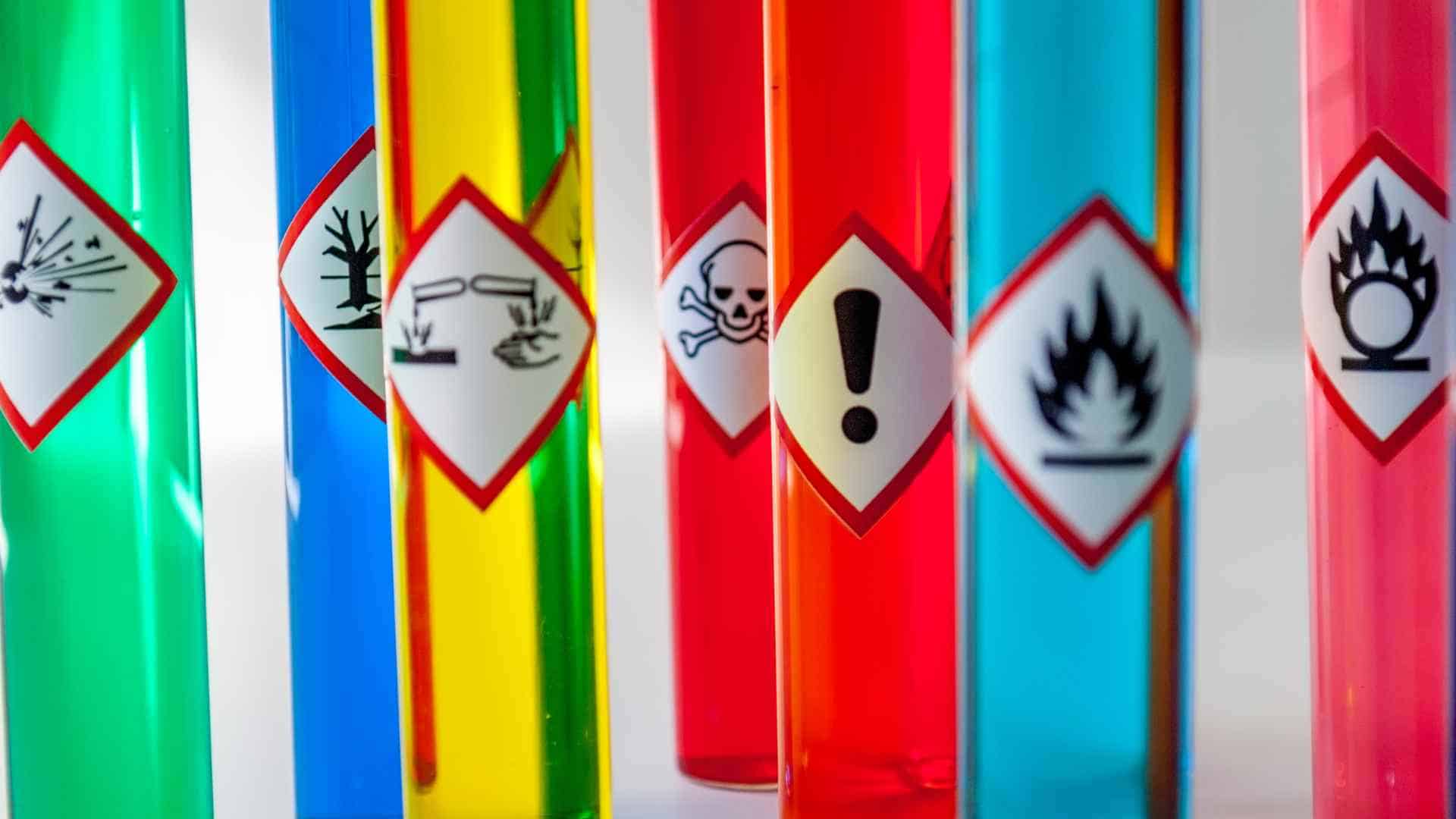
Cynthia Wong
Management Consultant
Identifying Critical Control Points (CCPs) using decision trees is a useful tool for simplifying the process of establishing control measures and ensuring the safety and quality of food products.

Critical Control Points (CCPs) are essential points in the food production process where control measures can be applied to prevent or eliminate hazards that could cause foodborne illnesses or product defects. Identifying CCPs can be a challenging task, but decision trees can be a useful tool in simplifying the process. Decision trees are visual tools that help break down complex decision-making processes into simple and logical steps. Here are some steps on how to identify CCP using a decision tree.
Step 1: Develop a flow diagram of the production process

The first step in identifying CCPs using a decision tree is to develop a flow diagram of the production process. The flow diagram should include all the steps involved in the production process, from raw materials to the finished product. The flow diagram should also indicate the points where control measures can be applied.
Step 2: Identify potential hazards

The next step is to identify potential hazards that could occur in each step of the production process. Hazards can be biological, chemical, or physical in nature. Biological hazards include bacteria, viruses, and parasites. Chemical hazards include pesticides, cleaning agents, and additives. Physical hazards include foreign objects such as metal fragments, glass, and plastic.
Step 3: Determine if a control measure is necessary
Once the potential hazards have been identified, the next step is to determine if a control measure is necessary to prevent, eliminate, or reduce the hazard to an acceptable level. A control measure may be a physical, chemical, or biological intervention, or a combination of these measures.
Step 4: Determine if the control measure is a CCP
If a control measure is necessary, the next step is to determine if the control measure is a CCP. A CCP is a point in the process where a control measure can be applied to prevent, eliminate or reduce a hazard to an acceptable level. To determine if a control measure is a CCP, the following questions can be asked:
- Is the control measure the last opportunity to prevent, eliminate, or reduce the hazard?
- If the control measure fails, would the hazard be significant enough to affect the safety or quality of the product?
- Is the control measure essential for preventing, eliminating, or reducing the hazard to an acceptable level?
If the answer to any of these questions is yes, then the control measure is a CCP.
Step 5: Establish critical limits and monitoring procedures

Once the CCPs have been identified, the next step is to establish critical limits and monitoring procedures. Critical limits define the maximum or minimum values that must be achieved to ensure that the hazard is controlled. Monitoring procedures are established to measure and record the critical limits at the CCPs.
Step 6: Establish corrective actions
If a deviation from the critical limit is detected, corrective actions must be taken to bring the process back under control. These actions may include adjusting the process or taking corrective actions to prevent the hazard from occurring or increasing.
Step 7: Establish verification procedures and documentation

Finally, it is important to establish verification procedures to ensure that the CCPs are working effectively, and to document all the HACCP processes. Verification may involve testing the product or the process, reviewing records, or conducting audits. Documentation should include all the HACCP processes, including the hazard analysis, CCPs, critical limits, monitoring system, corrective actions, and verification procedures.
In conclusion, identifying CCPs using a decision tree can simplify the process and make it easier to understand. By following the steps outlined above, food producers can identify CCPs and establish control measures to ensure the safety and quality of their products.
If you need help identifying CCPs or implementing HACCP in your food production process, don’t hesitate to contact us for expert guidance and support.






